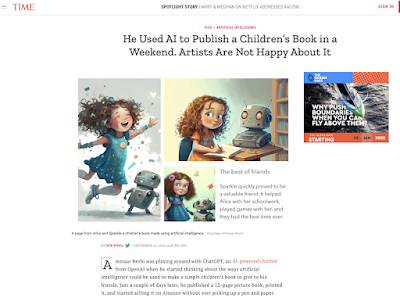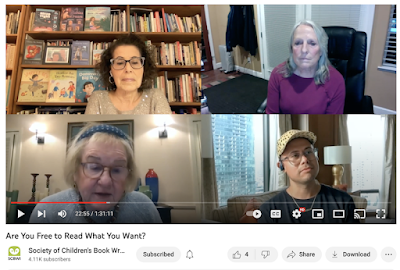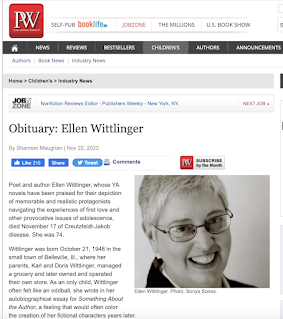The recent acquirement of Twitter by Elon Musk has set off a chain of chaos and uncertainty for the platform, leaving many scrambling for ways to maintain their industry connections and bases online without it. In the past few years, Twitter has become a center for communities in publishing, comics, and other creative fields. It’s been a place for writers and artists to get their work in front of editors and agents outside of conventions, for collaborators to meet, and for creators to share their art. It’s also been home to numerous pitching events, many of which specifically aim to spotlight diverse creators and bring diverse voices into publishing, such as #DVPit, PitMad, #LatinxPitch, and APIpit. The uncertainty in the past few weeks has threatened all of that work and community.

To be clear, it’s unlikely that Twitter is going anywhere in the very near future. Sites like MySpace are still around, despite no longer being the dominant online space, and it’s likely that even if Twitter falls off it’ll continue to persist in some fashion for a while yet. Hopefully that helps relieve some related anxiety!
That said, creators have been looking for alternatives to reconnect and establish bases in the event of a Twitter shutdown. Discord has been used by many long before this to host and join communities. You can join and create private servers with invites from friends, or you can look for and join public servers. You can find some semi-public servers as well, as some professionals in comics and art have created servers to host industry chatter. Some pitching events such as APIpit already have their own discord servers. It doesn’t have the discoverability of Twitter or the equivalent of events, but it can be a good way to keep up with industry friends and share resources.
Tumblr has also seen a resurgence in the uncertainty surrounding Twitter. Tumblr downloads were up as high as 60% last week. Tumblr benefits from being a preexisting website and large social media platform, as well as having a robust tagging system, but it’s historically been a predominantly fandom driven site. There have been writers and artists that have gotten their starts and been discovered on Tumblr in its hey-day, but it remains to be seen if the industry will follow users back as well.
Two recent contenders that have proposed as Twitter alternatives have been Mastodon and Hive Social. Mastodon is a network of serves that is meant to look and function similar to Twitter. It’s seen hundreds of thousands of users sign up in the last few weeks, but its decentralized format has led to some confusion (users sign up for a single server, but then can interact with other users through Mastodon). There are frequently boosted posts to explain how the app works.
Hive Social is another app that’s been around since 2019, but has also seen an incredible boost the last few weeks, reaching a million users a few days ago. It’s formatted similarly to Twitter and appears relatively intuitive, but it currently doesn’t have a web app, and has experienced some crashes with its sudden influx of users.
Only time will tell how Twitter will fare in these coming months, and if any of the proposed alternatives will be able to keep up the momentum and become a social media staple. What is sure, however, is that the publishing industry and community isn’t going anywhere fast.

Cindy Harris (she/they) is a Mexican American comics artist and illustrator that works in the publishing industry. She has worked as a letterer, editor, illustrator, and writer, and loves stories about identity, relationships, and growth.






.png)
































